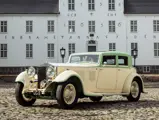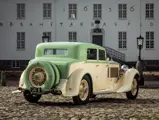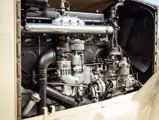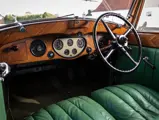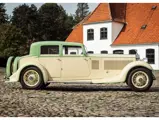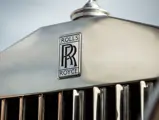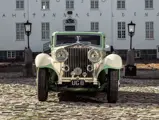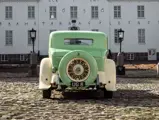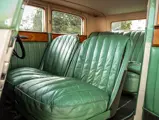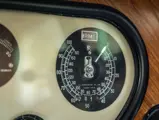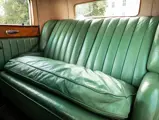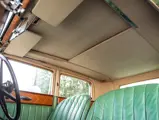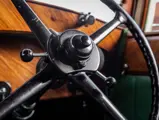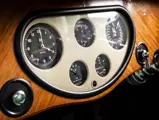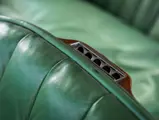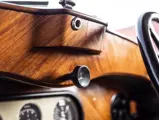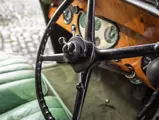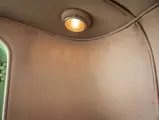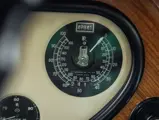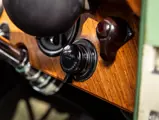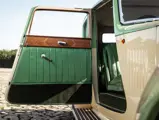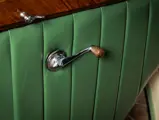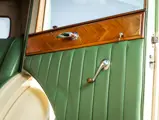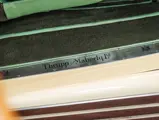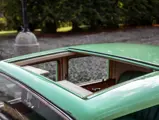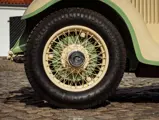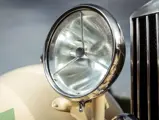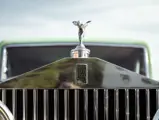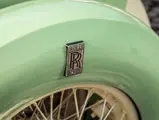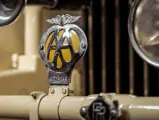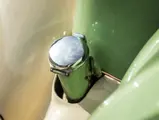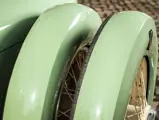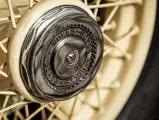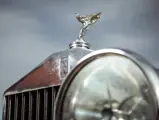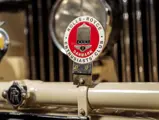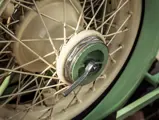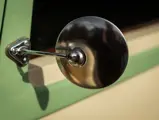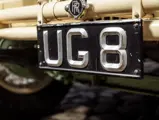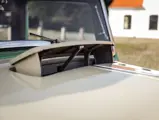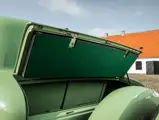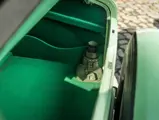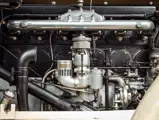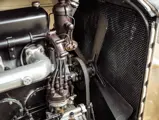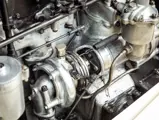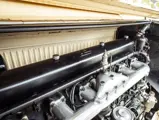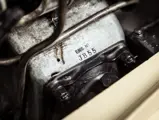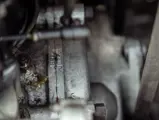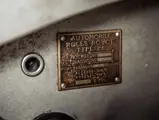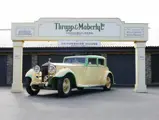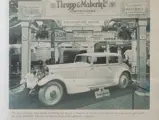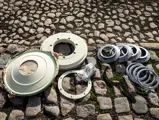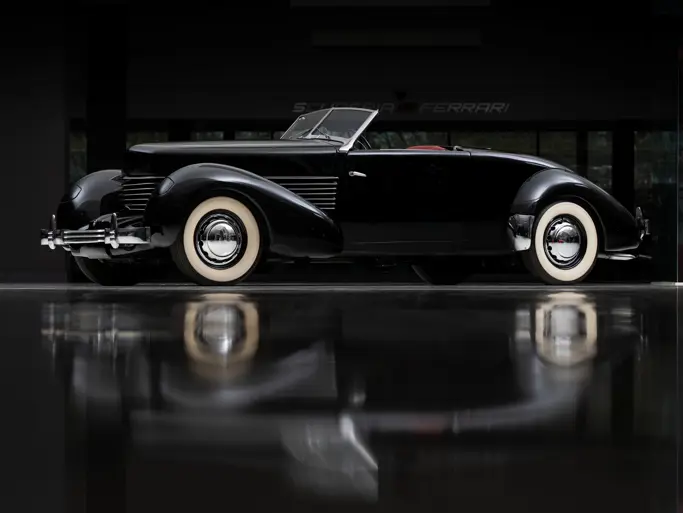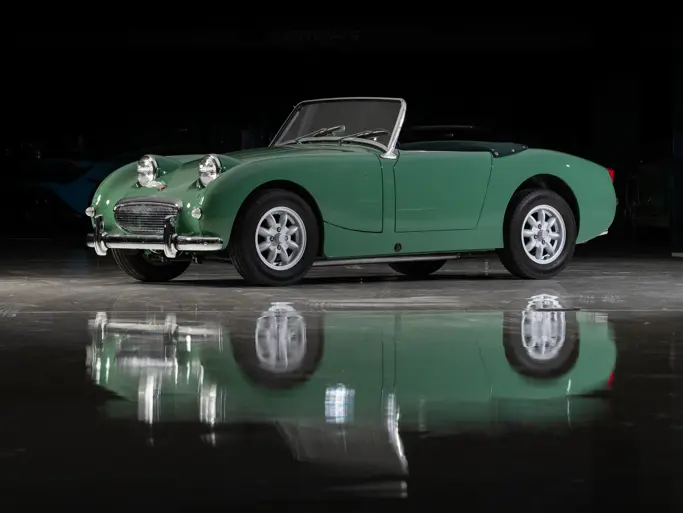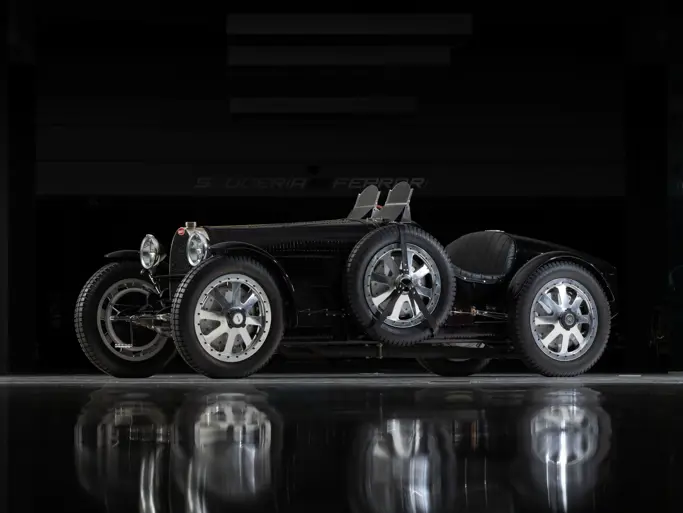Paris 2023
1931 Rolls-Royce Phantom II Continental Sports Saloon By Thrupp & Maberly
{{lr.item.text}}
€161,000 EUR | Sold
 | Paris, France
| Paris, France
{{internetCurrentBid}}
{{internetTimeLeft}}

- Displayed at the 1931 Olympia Motor Show in London
- Superbly balanced sports saloon coachwork by Thrupp & Maberly
- Only three owners in the past 67 years
- An historically significant example of the highly desirable Phantom II Continental
- Exposée à l'Olympia Motor Show de Londres 1931
- Carrossée par Thrupp & Maberly en berline sportive aux lignes magnifiquement équilibrées
- Seulement trois propriétaires ces 67 dernières années
- Un exemplaire primordial pour l'histoire de la séduisante Phantom II Continental
If, during the interwar years, Rolls-Royce could justifiably claim to be “the best car in the world”, the marque’s finest model of the era is without doubt the Phantom II Continental. Powered by a 7,668 cc straight-six, these magnificent leviathans represent the ultimate development of the 40/50 family. They were aimed at a more sporting clientele than the standard Phantom II.
The car offered, chassis number 8JS, is one of the earliest of the type, having been completed in mid-1931. Equipped with an extremely attractive four-door saloon body by Cricklewood-based Thrupp & Maberly, it was originally intended for display at that year’s Paris Salon. A change of plan, however, meant that the car made its debut at the Olympia Motor Show in London from 15 to 24 October. Finished in pale yellow with pea-green detailing and a matching green interior, the Continental was priced at £3,000, making it the most expensive car at that year’s London exhibition. It is thought that this was one of the first Rolls-Royce to feature a black radiator badge, moving away from the earlier typical red, due to the colours clashing with the coachwork.
Registered UG 8, the Phantom was sold to its first owner, JW Hemmingway of Leeds, in November 1931. After changing hands in 1945, and then three more times during the early 1950s, 8JS passed in 1955 to Air Commodore Allen Wheeler, who retained it for 22 years. During Wheeler’s custodianship, the Continental was first repainted dark green and later battleship grey, the latter famously being Sir Henry Royce’s favourite colour. In 1977, the car went to Denmark, where its new owner, Poul Sachmann, embarked on a painstaking body-off restoration to the original Olympia Motor Show specification. It is said that restorers found layers of the earlier paint under the grey, so returned the car’s colour to its correct shade. The Rolls-Royce wasn’t sold again until 1995, when it was acquired by the consigning owner—meaning that it has enjoyed a mere three owners in the past 67 years.
Pictured and described in André Blaize’s reference work, Rolls-Royce Phantom II Continental (pages 154 to 159), 8JS is a fine specimen of this extremely desirable model.
Dans l'entre-deux-guerres, les Rolls-Royce se présentaient à juste titre comme "les meilleures voitures du monde", et le plus beau modèle de la marque était sans aucun doute la Phantom II Continental. Avec son six-cylindres en ligne de 7 668 cm3, cette majestueuse géante représentait l'aboutissement de la famille 40/50. Elle était destinée à une clientèle plus sportive que celle de la Phantom II classique.
L'exemplaire proposé, le châssis n° 8JS, construit au milieu de l'année 1931, est l'un des premiers de la série. Il était carrossé en une très séduisante berline quatre portes par Thrupp & Maberly, la firme de Cricklewood, et devait initialement être exposé au Salon de Paris 1931. Mais à la suite d'un changement de programme, c'est à l'Olympia Motor Show de Londres qu'il fit ses débuts, du 15 au 24 octobre. De couleur jaune pâle et vert clair avec un intérieur vert assorti, cette Continental était affichée à 3 000 livres sterling, ce qui faisait d'elle la voiture la plus coûteuse de ce Salon de Londres. On considère que c'est l'une des premières Rolls-Royce dont le logo de radiateur est en lettres noires et non plus rouges comme précédemment, pour une meilleure harmonie de teintes avec sa carrosserie.
Cette Phantom immatriculée UG 8 fut vendue en novembre 1931 à son premier propriétaire, JW Hemmingway, de Leeds. Après avoir été revendu en 1945, puis trois autres fois au début des années 1950, ce châssis n° 8JS fut acquis en 1955 par l'Air Commodore Allen Wheeler, qui le conserva pendant vingt-deux ans. Sous sa garde, la Continental fut d'abord repeinte en vert foncé et ensuite en gris moyen, la couleur connue pour être la préférée de Sir Henry Royce. En 1977, elle partit pour le Danemark où son nouveau propriétaire, Poul Sachmann, entreprit de la démonter complètement pour lui offrir une minutieuse restauration qui lui redonnerait son allure initiale, celle de l'Olympia Motor Show. Il se dit que les restaurateurs retrouvèrent sous le gris des traces de sa peinture d'origine, ce qui leur permit de lui redonner sa couleur exacte. Cette Rolls-Royce ne fut pas revendue avant 1995, date à laquelle son actuel propriétaire l'acheta, ce qui fait qu'elle n'a connu que trois propriétaires pendant ces 67 dernières années.
Photographiée et décrite dans l'ouvrage de référence d'André Blaize, Rolls-Royce Phantom II Continental (pages 154 à 159), cette 8JS est un magnifique exemplaire d'un modèle extrêmement séduisant.

